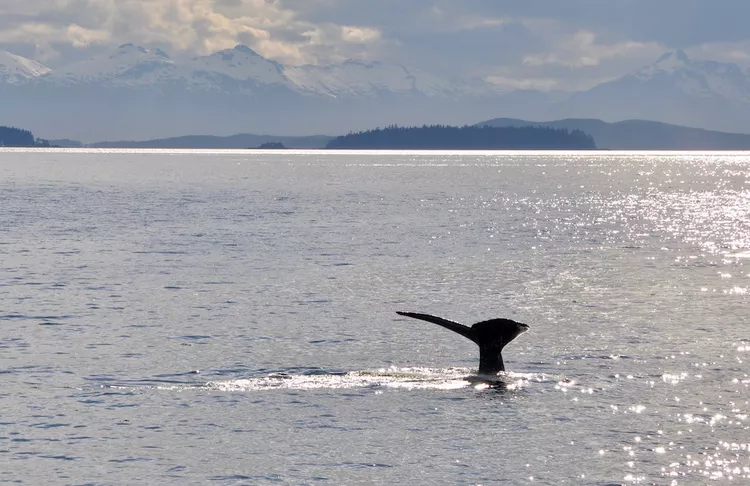Whale Watching: Top Destinations
Spotting whales in the wild is one of the most awe-inspiring animal encounters that any adventure traveler could ever ask for. These massive creatures leave quite an impression, especially when they breach out of the water, giving you a look at just how large they truly are. If you’ve always wanted to have the opportunity to encounter whales in their natural habitat, this guide highlights six of the best destinations to do just that.
01. Inside Passage, Alaska
Alaska is undoubtedly one of the premier locations for spotting whales. The waters off its coast are home to humpbacks, orcas, belugas, gray whales, and even the elusive and endangered blue whale – the largest creature to ever live on our planet. Head to the Inside Passage, where you can embark on short excursions or extended cruises, offering ample opportunity to see these majestic creatures.
Best Time to Visit: May – August. Various species come and go, but humpbacks and orcas are particularly abundant.
02. Baja, Mexico/California

The Baja Coast of Mexico and California serves as an excellent destination for observing a diverse array of whales. Humpbacks and orcas are prevalent in this region, where numerous species migrate to escape the colder winter temperatures. Notably, gray whales give birth here, making large numbers visible during calving season. The 800-mile-long Baja Peninsula is also home to thousands of dolphins, enhancing the underwater spectacle.
Best Time to Visit: February – April. After this period, the whales typically migrate to other Pacific regions.
03. Húsavík, Iceland

The best whale watching occurs along Iceland’s northern coastline, particularly from Húsavík. Here, visitors can expect to see a variety of species including humpbacks, orcas, blue whales, and even the rarer minke whales. Over 20 different whale species frequent these waters during the summer months when the Midnight Sun facilitates easy spotting throughout the day.
Best Time to Visit: April – September. For those particularly interested in blue whales, plan a visit in July and August for the highest likelihood of encounters.
04. Monterey Bay, California

California’s Monterey Bay is an ideal location for whale spotting, as these majestic creatures are frequently present year-round. Humpbacks thrive in warmer months, while gray whales migrate back to Baja. Orcas often follow migrating pods, seeking food, and blue whales have increasingly appeared in recent years, enhancing the whale watching experience.
Best Time to Visit: Year-round! Humpbacks and blue whales are visible from April to December, while gray whales and orcas frequent the region from December to April.
05. Hermanus, South Africa

Known as the whale watching capital of the world, Hermanus, South Africa, is located along the Western Cape coast where various whale species gather to feed in preparation for mating and birthing. Remarkably, whales can often be spotted from the shore, eliminating the need for a boat. For a more thrilling encounter, adventure seekers might consider kayaking to see these incredible animals up close.
Best Time to Visit: July – November. The peak season for whale watching in Hermanus occurs in October, but you’re likely to see whales during any month from July to November.
06. Dominica, Caribbean

Few locations rival the tiny Caribbean island of Dominica for whale watching. Of the 33 known whale species in the region, 22 routinely visit the island, with humpbacks, pilot whales, and pygmy sperm whales being the most common. The true highlight, however, is the majestic sperm whale, which resides in the surrounding waters year-round. This unique environment allows them to mate, birth, and raise their young without ever migrating elsewhere, making them frequently visible from the land.
Best Time to Visit: All year long, with peak season running from November to April.





